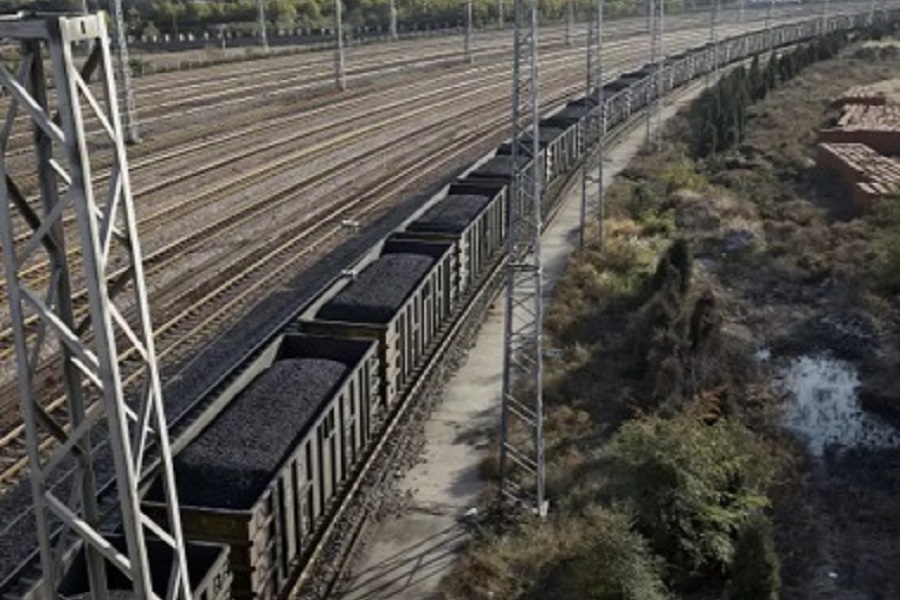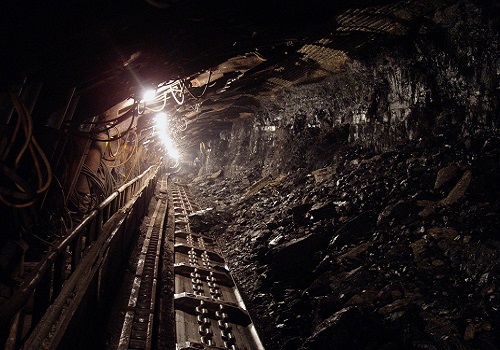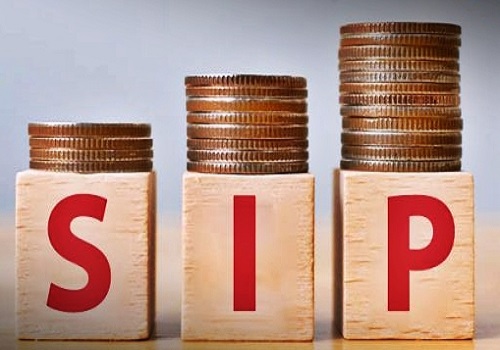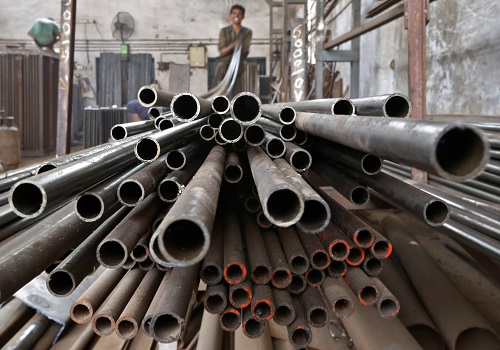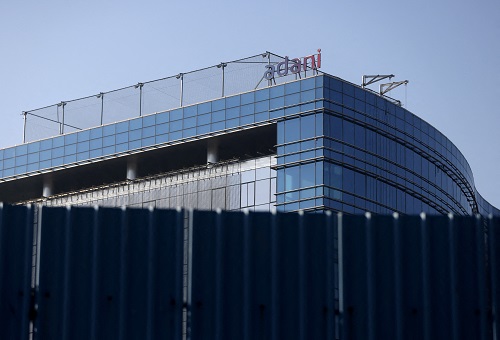Housing finance market in India expected to grow at 15-20 pc CAGR till 2030

Follow us Now on Telegram ! Get daily 10 - 12 important updates on Business, Finance and Investment. Join our Telegram Channel
India's banking sector is on the cusp of rapid growth, with rising RoE (Return on Equity), robust asset quality, and key infrastructure financing opportunities in the coming decade, a report said on Monday.
Smallcase manager Omniscience Capital's report said: "The housing finance market in India has registered a growth of about 25 per cent per annum from FY22 to FY24 and is estimated to grow at 15-20 per cent compound annual growth rate (CAGR) up to 2030. Indian Banks will be playing a significant role while funding India's huge plans for infrastructure overhaul under the National Infrastructure Pipeline (NIP) and Gati Shakti initiative."
The current P/E (price-to-earnings) levels of the Indian Banks are significantly undervalued in contrast to the expected credit and RoE growth. The robust credit growth is expected on account of India’s growing GDP growth and consumption, coupled with significant asset-quality improvements and reduced NPAs, the report said.
The Indian banking industry is poised for a re-rating from current valuation levels existing in the market. In addition, incremental efficiency improvements in SCBs through increasing digitisation can provide an additional improvement in margins through reduced operating expenses (OPEX), further improving the potential returns from this sector. To demonstrate the same, a scenario analysis was carried out for the next five years (CY2023 to CY2028) for expected credit growth.
The report further said that in the last financial year, India witnessed high credit growth. The country's gross bank credit grew by 16.3 per cent in FY2024, the highest YoY growth in the past decade. This was driven by rising household incomes, increasing manufacturing and export activity, improved capacity utilisations across industries, the rising aspirations and consumption of a growing middle class.
On the lender’s (bank) side, both GNPA (Gross Non-Performing Assets) and NNPA (Net Non-Performing Assets) in Indian Banks have witnessed a steep decline, falling to a decadal low of just INR 5.7 lakh crore and INR 1.3 lakh crore respectively in FY 2023 (GNPA Ratio and NNPA Ratio of 3.9 per cent and 0.95 per cent respectively), owing to improved borrower selection, increased policy intervention (such as the Insolvency & Bankruptcy Code), and a significant write-off of bad loans, the report stated.












 320-x-100_uti_gold.jpg" alt="Advertisement">
320-x-100_uti_gold.jpg" alt="Advertisement">


